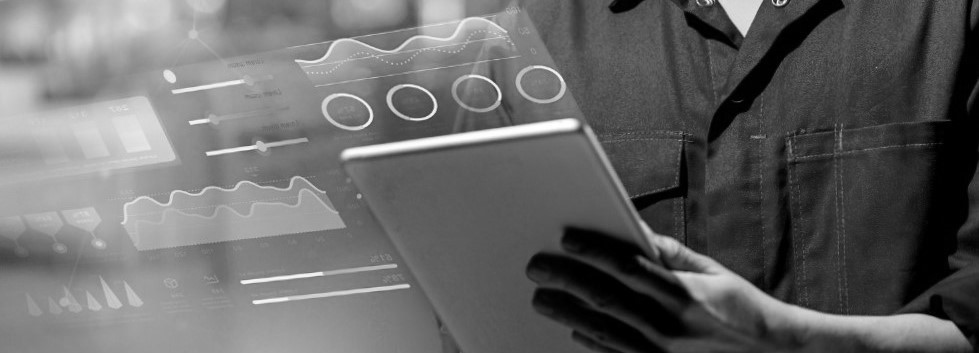The Power of One
There are still diseases that modern medicine will fail to heal; those are, perhaps, the most scary and sad. Last weekend, I attended a fundraiser to...

I love drawbridges. They always fascinated me as a child. While I don’t know of any in the Cincinnati area, I’ve seen any number of them while I’ve been on vacation this summer. As a child, I thought that being a drawbridge operator might be the coolest job. Imagine being able to control the traffic like that. I also wondered, being a curious type, how the ships let the bridge know that they need to get through. I know they’re going slowly, but I was also curious how often they had to stop to allow the bridge operator time to get organized and let them know they were permitted to go.
I was sitting at dinner the other night along a canal and got to watch one in “slow motion”. At this point, the river traffic was fairly slow. The river was thin at this point and the traffic was single file. The bridge was wide and opened very smoothly. You could see the boats lined up and go through, one at a time. What caught my attention this time was the balance between road and river traffic. The bridge operator is not concerned only with river traffic. He or she has to manage the road traffic as well and it was certainly piling up.
It reminded me of the production supervisor in a shop. Similar to the bridge operator, he or she has to manage all the work that’s flowing in and out of the shop, through the different stages, and through work centers where things pile up, waiting to be done. I wondered what tools the bridge operator used to decide when to lift and lower. What tools do you give your team?
The similarity really struck me as both your production supervisor and that bridge operator need to (or should) do their work independent of the people doing it. What do I mean by that? It is possible for your team to talk to each other throughout the production process. Your supervisor could walk around, asking people how they’re doing, where they are in-process, and when they’ll be done and need more work. It’s not the most efficient way to do things, for certain. The answer that the first person gave you, for instance, is long changed by the time you get to the last person. You can just never keep up.
Similarly, that bridge operator could talk to every car driver and every boat captain to see where they’re going, how quickly they need to get there, and how long it will take them to get across. That would not be the fastest or best way to do the job. They really need to observe what’s going on and make a gut decision.
The bridge operator has a distinct advantage in this case. He, or she, can really see all the traffic at once, sitting where they do. They can see up and down the river and across both sides of traffic. It’s easier for them, perhaps, to decide who to let through and who to hold. How does this translate to the shop?
Your Production Operations team is working throughout your shop. For plants with variability in products, orders and jobs, work does not flow evenly from left to right across the plant. Things move from area to area depending on the work that needs to be done and, often, the people available to do it. Your team spends most of its time making sure stuff is flowing, whatever it takes.
Your team cannot see everything that’s going on. Even plants with a catwalk or lookout are challenged to see what’s happening in the shop. Unlike the boats that are all looking to pass through, your work moves differently and has different needs and challenges. It’s much more complex. It is impossible to see what everyone’s working on at once. Only in the very smallest shops (a dozen people or less) can you view all work centers and see enough of what people are doing to get a “bridge-style” view of everything.
It’s only with a system designed to do this very thing that you can really claim to see or know what’s going on. The thing that really caught me as the difference this week in watching that bridge operation was that, in deciding to let traffic go in one direction, the operator was stopping things from proceeding somewhere else. It was a complete trade-off in work.
I hadn’t thought about that on a shop floor, but the similarity struck me today. In letting one person work a job or move things forward, you are pausing something else. If that’s intentional, as in the case of the bridge operator, that’s great, but what about when it’s not? If you cannot see everything that’s going on, it becomes difficult or impossible to make these choices. What to escalate. What to put people on. How to handle an issue.
These are the very challenges that we see shops deal with every day. Give your team the tools they need to track your numbers, report on them, analyze and archive them. Push the Connect button to learn about how we help teams with this. Or, if you have a question, reach out to info@cimx.com. We are here to help you save money, time and get your Production under Control.
Contact CIMx Software to see how a Manufacturing Execution System can improve production control for you.

There are still diseases that modern medicine will fail to heal; those are, perhaps, the most scary and sad. Last weekend, I attended a fundraiser to...

1 min read
We’re talking about the power (and weakness) of a single individual in your organization. This team member might be responsible for many things, but...

1 min read
I’m all for innovation. I am an entrepreneur and I know that, sometimes, you have to go where no one has gone before, do something completely...